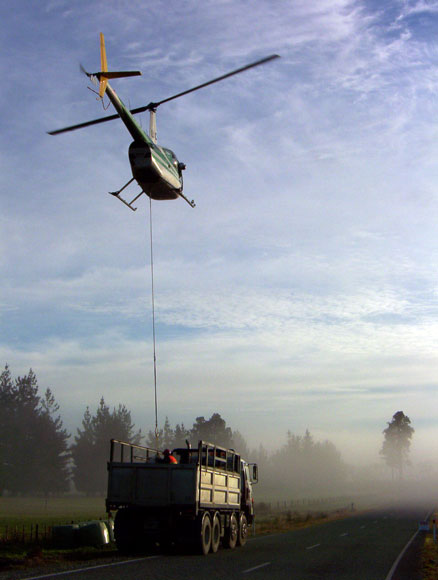Southeastern Laboratories, Inc.
Serving the Water Treatment Industry Since 1973

Creative Water Solutions, LLC (CWS), based in Plymouth, MN, sells products made from Sphagnum Moss for water treatment. Sustainable harvest of Sphagnum Moss is essential for continued growth of CWS sales. Sustainable harvest is also an integral part of the overall mission of the company to provide chemical free water treatment using the unique properties of specific species of Sphagnum moss.
The species of Sphagnum Moss used by CWS grow in bogs located in the both the Northern and Southern hemispheres close to the poles. The moss grows as a carpet of green plants that almost float on the peat that is formed below the green growing plants. As the moss on the top (called top moss) grows it pushes the lower levels of moss below the level that supports new moss growth. As the moss dies, it becomes peat moss (bottom moss). Over time, the bottom moss continues to increase in depth while the top moss continues to grow.
While there are over 300 species of Sphagnum moss, CWS has discovered that only two species produce the desired effects on water treatment. One species grows in the southern hemisphere and the other grows in the northern hemisphere. Different bogs contain different species of moss that populate the bog.
Top moss absorbs carbon dioxide as it grows. Recently released studies show that an acre of Sphagnum Moss bog absorbs as much carbon dioxide as an acre of rain forest. As the top moss grows it traps the carbon dioxide into the peat below the top moss. As long as the boundary layer between the top moss and the peat remains intact, the carbon dioxide is trapped.
If the peat is harvested and a Sphagnum moss bog is not recreated, the carbon dioxide will continue to be released back into the atmosphere.
Top moss is sold mainly for horticulture and pet applications for reptiles. The species sold for these applications can vary and different species can be present in the overall product. The top moss used by CWS must meet stringent criteria before it will be processed into ProMossTM.
Bottom or peat moss is sold mainly for horticulture, scotch production and landscaping. To harvest the peat moss, the water level most be lowered to allow the peat to dry. Then the top moss is removed completely to uncover the peat below. This is allowed to dry and is mined by large vacuum trucks. Harvested peat lands don’t support regrowth unless the water is returned, and live top moss is reseeded. It can take up to 10 years or longer for the top moss to re-establish a productive bog.
1. The moss can be harvested by hand or machine that meets the following criteria:
Only the top 1/3 of the top moss is removed by applying lateral pressure that
causes rupture of the growing moss plant above the intact carpet of interlocking moss plants that floats above the bottom peat moss. This allows for the sustainable regrowth of the moss.
As the moss is harvested, the very top of each plant contains seeds. These tops are removed and returned to the bog to facilitate regrowth.
Machines used in the harvesting process must be light enough and have a large track footprint that will not break through the moss into the peat below. Once the carpet of top moss is interrupted, regrowth of top moss will be negatively impacted.
Harvesters are trained on the various species of endangered bog plants that sporadically grow in bogs. The area around the endangered species is not disrupted to assure that the endangered species is not harmed.
2. Removal of harvested moss must be done so that there is minimal damage to the carpet of moss. This can be accomplished by transport by helicopter or on flat bottom sleds that float on top of the moss carpet.
3. After harvest, the bog cannot be re-harvested until the moss regrows to its previous height. This can take between 3-5 years in the southern hemisphere and 5-10 years in the northern hemisphere.
At the present time, CWS obtains Sphagnum Moss from two companies in the Northern Hemisphere and one company in the Southern Hemisphere.